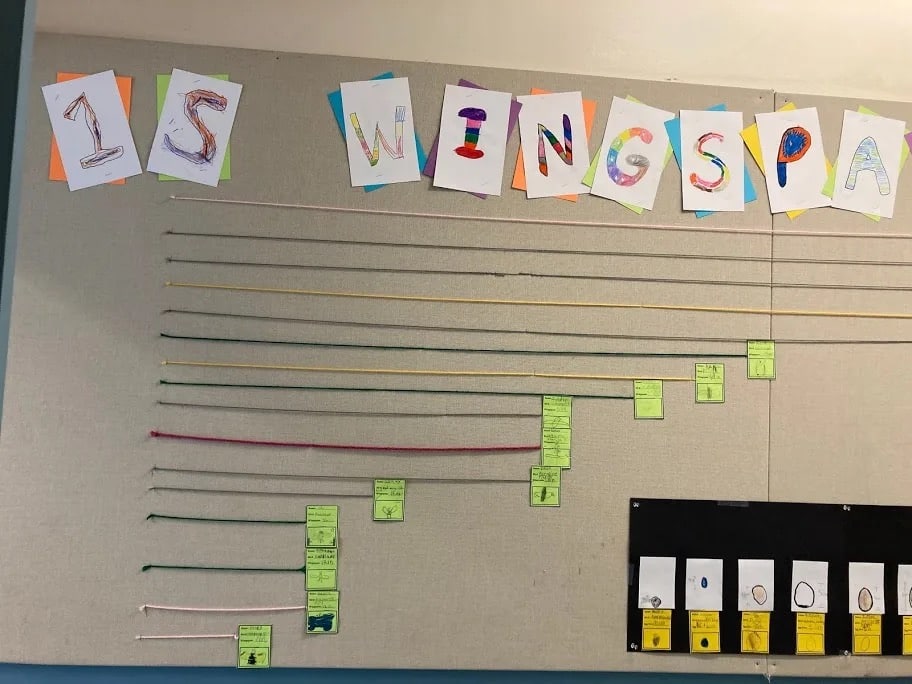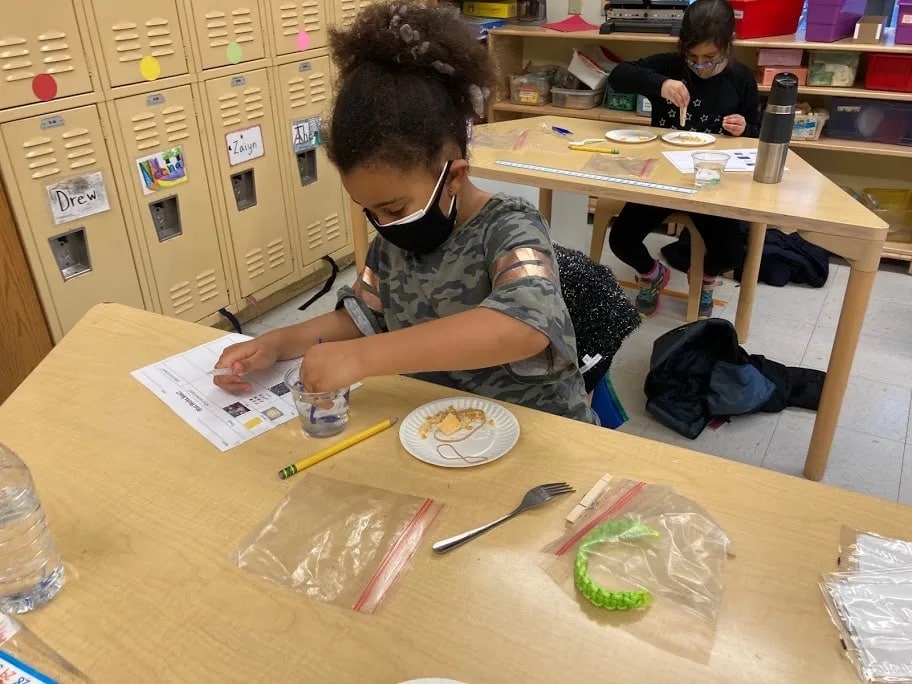
Fieldston Lower's beloved yearlong bird study is in full swing this year — led by the students' interests and fascinations. "There's something very empowering about learning something that you feel like a lot of adults don't know about. A huge part of the beauty of the bird study is the children feel so empowered being able to share their knowledge of birds," 1st Grade teacher Min Young Song says. "The kids really become experts, and they can teach their grown-ups at home all about what they've learned, which is an unusual position to be in," 1st Grade teacher Maddalena Loeb adds.
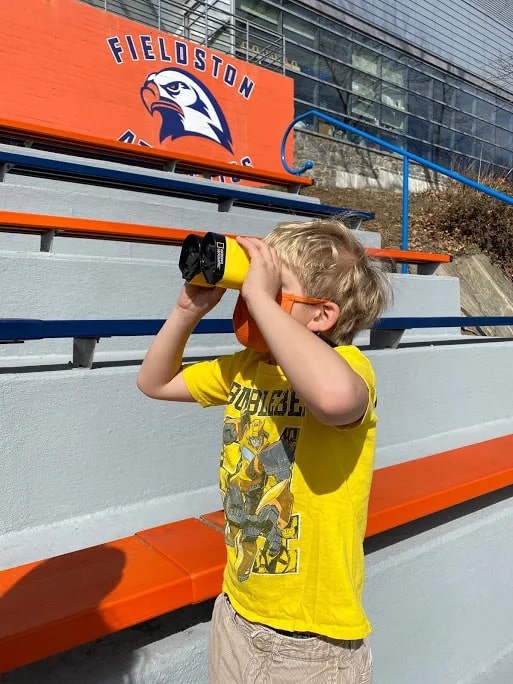
The bird study has evolved over its half-century at Fieldston Lower. Students translate their knowledge of birds into action: They brainstorm ways — large and small — to help conservation efforts around birds. There's also been a strong movement toward a human connection in recent years, Loeb and Song say. When they study migration, for example, there's a natural connection to immigration. "Why do birds leave their homes? What obstacles might they encounter along their way?" Or: creating a nest relates to creating a home. "What makes a home?" they ask their students. "How would you build your home?"
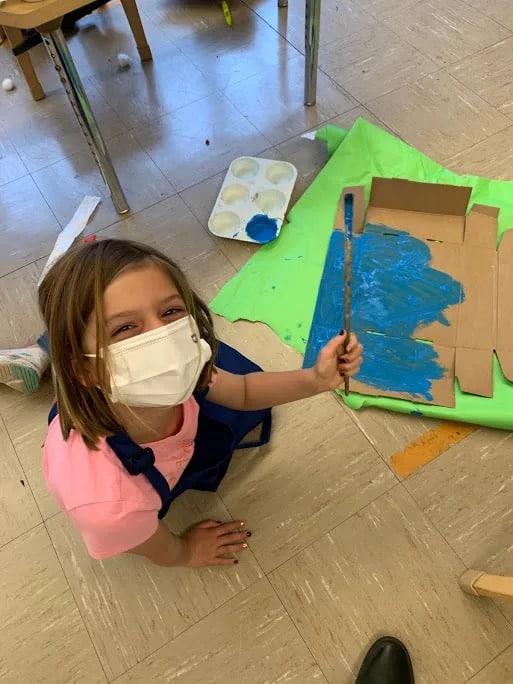
Units that break down the bird into smaller parts — beaks, and wings, to name a few — start with asking the students about their own base of knowledge. "We would ask students to describe beaks and explain how they're different, for example," Loeb says. Then students progress to a read-aloud from a nonfiction book, which leads to additional discussions, writing projects, and more.
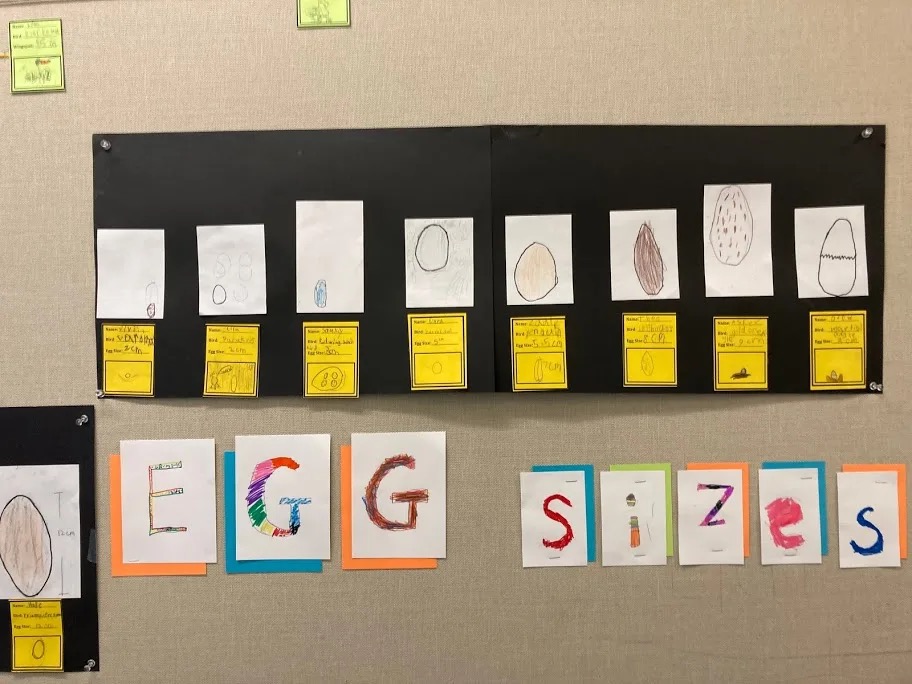
The bird study is comprehensive: It covers science, math, writing, reading, social studies, and more.
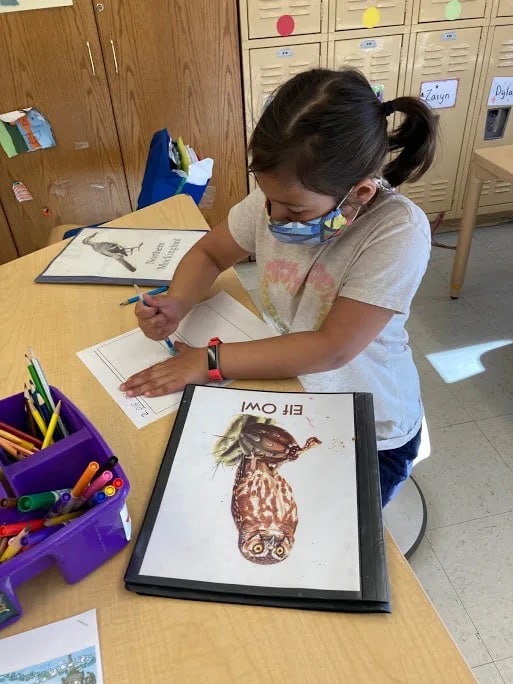
There's also a strong social-emotional component to the work. Every Friday, the 1st Graders head outside to undertake a birding expedition, taking in the local birds on the Fieldston campus. "Birding takes a lot of patience," Song says. "Do you scream and get upset that you didn't see a bird?" Or, students might be anxious to try their hands at drawing their birds, but the study gives them "the understanding that it's okay to feel uncomfortable that you don't feel you're really good at it," Song says. "We're all getting there together."
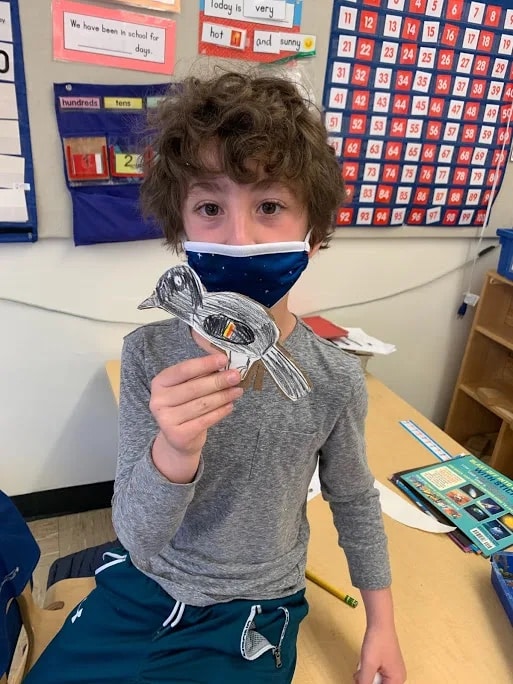
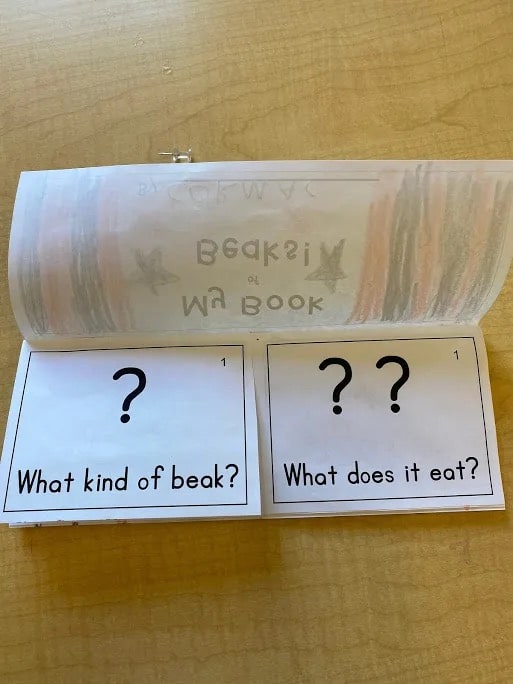
At this point in the year, students are working on nonfiction writing about their individual birds and creating their bird models — a chaotic and thrilling experience. At the end of the year, they'll take their birds home and carry their bird knowledge forward as part of their identities. It's a treasured Fieldston Lower tradition, one that persists through generations.
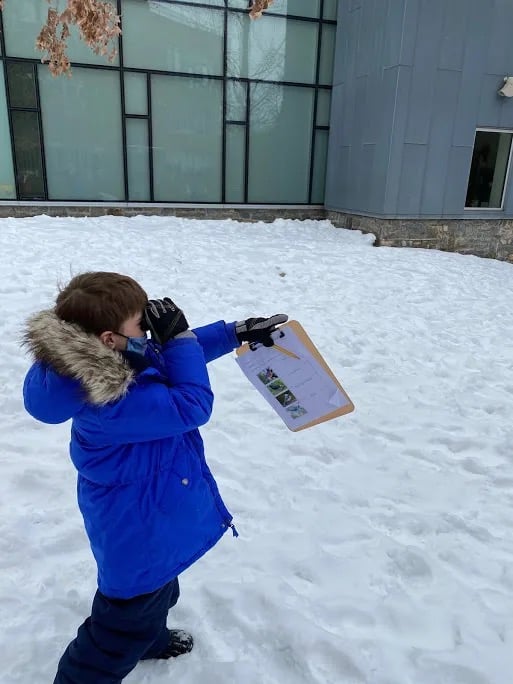
Fieldston Lower graduates don't forget their birds, says Song. "I've had parents say they still have their bird, so when their child brings home their bird, they've actually sent me pictures of the birds uniting together. It's so exciting. I've had high school graduates come in to see the birds. I ask, 'What was your bird?', and their face just lights up. I think that's such a great joy to see how much they carry it with them," she says.
